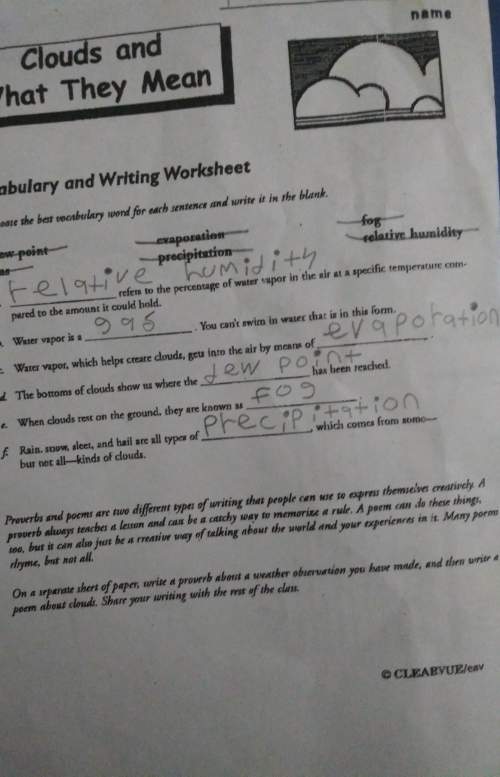
Physics, 07.04.2020 00:16 samuelerlikhman
Driving on asphalt roads entails very little rolling resistance, so most of the energy of the engine goes to overcoming air resistance. But driving slowly in dry sand is another story.
If a 1500 kg car is driven in sand at 5.0 m/s , the coefficient of rolling friction is 0.06. In this case, nearly all of the energy that the car uses to move goes to overcoming rolling friction, so you can ignore air drag in this problem.
a. What propulsion force is needed to keep the car moving forward at a constant speed?
b. What power is required for propulsion at 5.0 m/s ?
c. If the car gets 15 miles per gallon when driving on sand, what is the car's efficiency? One gallon of gasoline contains 1.4 x 10^8 J of chemical energy, one mile is 1609 m.

Answers: 1


Other questions on the subject: Physics

Physics, 22.06.2019 08:30, 2021arabellacorsino
An object weigh 40n in air ,weigh 20n when submerged in water, and 30n when submerged in a liquid of unknown liquid density. what is the density of unknown of liquid?
Answers: 1

Physics, 22.06.2019 11:00, ronniethefun
If a simple machine reduces the strength of a force, what must be increased?
Answers: 3

Physics, 22.06.2019 18:30, CaptainKiller528
In the united states, tornadoes generally occur because of the freezing of ocean water underwater earthquakes meeting of cool and warm air masses shifting of warm and cool ocean currents
Answers: 1

Physics, 22.06.2019 19:00, opgbadwolf5
The law of reflection states that the angle of reflection is equal to the angle of
Answers: 1
You know the right answer?
Driving on asphalt roads entails very little rolling resistance, so most of the energy of the engine...
Questions in other subjects:

Mathematics, 19.12.2019 15:31




Physics, 19.12.2019 15:31

Biology, 19.12.2019 15:31

Mathematics, 19.12.2019 15:31


Mathematics, 19.12.2019 15:31

English, 19.12.2019 15:31



 %
% μ
μ ×
×  ×
× 


 ×
× 

 ×
× 

 , b)
, b)  , c)
, c)  .
.










